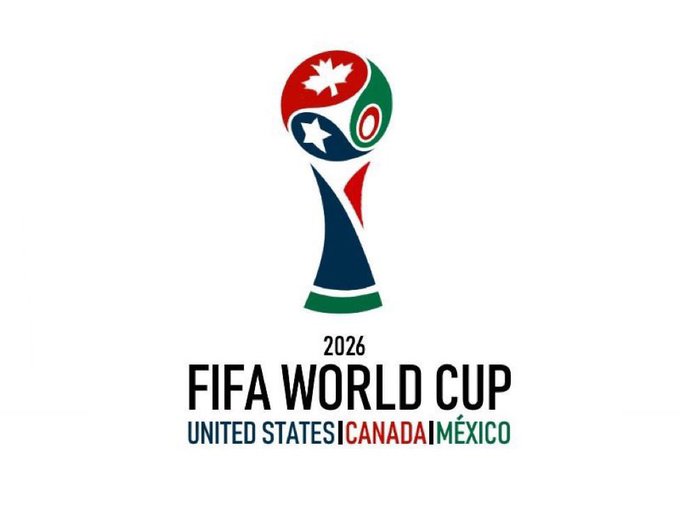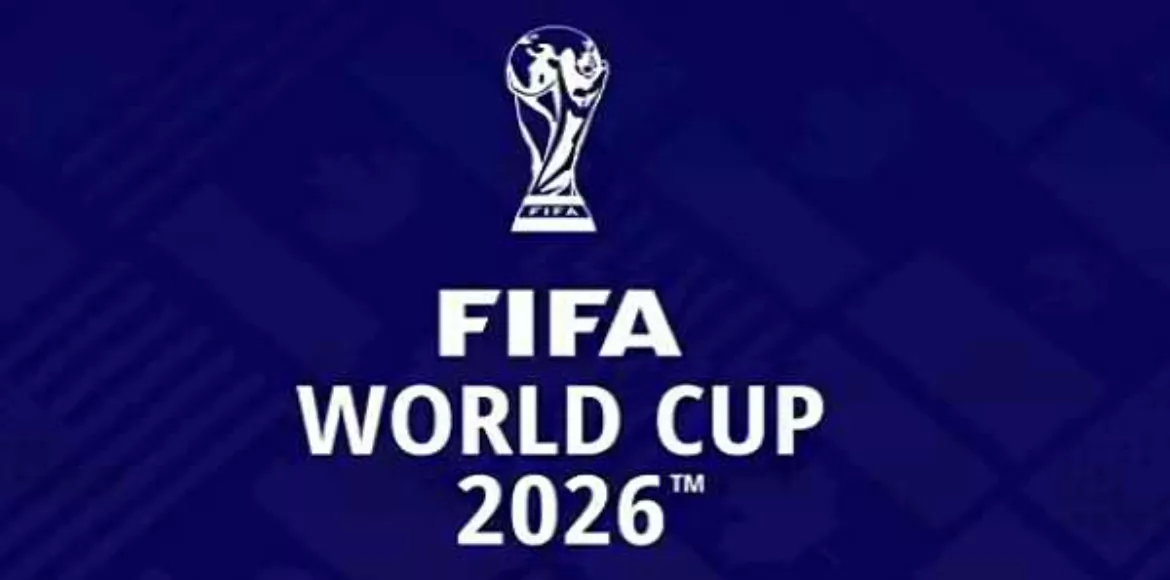LOS ANGELES, USA – The official logo for the highly anticipated 2026 FIFA World Cup was unveiled on May 17 evening (local time) at the esteemed Griffith Observatory, marking the start of the journey towards the most prestigious football tournament. The forthcoming tournament has already created buzz due to its expansion to 48 teams and the first-ever tri-nation hosting by the United States, Mexico, and Canada. However, the new logo, showcasing a depiction of the FIFA World Cup trophy, has stirred controversies and mockery among fans for its simplistic design.

FIFA President Gianni Infantino, alongside the legendary two-time World Cup champion Ronaldo Nazário, revealed the logo that prominently features the year of the tournament in bold typography against a backdrop of the FIFA World Cup trophy. This marks the first instance in which the trophy has been incorporated into the official emblem, a move which FIFA’s Chief Business Officer, Romy Gai, explains as part of a broader brand strategy.
“The Official Brand introduces fans to the tournament’s new emblem, typeface and striking colour palette,” said Gai. “It also opens countless opportunities to local communities and our partners to integrate their own story. The simple design will allow us to implement it in several ways with each individual team, spotlighting distinctive aspects and highlighting the inclusive and diverse aspect of the tournament.”
2026 #FIFAWorldCup Emblem: Launched ✅🔥#WeAre26 pic.twitter.com/IiKaQKRkS6
— FIFA World Cup (@FIFAWorldCup) May 18, 2023
Despite the mixed reactions to the logo’s design, the 2026 World Cup is poised to bring about significant changes to the footballing landscape. The tournament will feature 48 teams for the first time in history, and the sheer scale of the hosting geography – encompassing three different nations – has necessitated unique logistical considerations.
Addressing these complexities, Infantino emphasized the need for optimal conditions for both teams and fans throughout the tournament, citing the varying time zones, altitudes, and climatic conditions across the three host countries.
To mitigate some of these challenges, teams participating in the early rounds of the expanded tournament will be organised into regional clusters. This move aims to facilitate smoother travel arrangements for the teams and ensure the best possible conditions for the players.
Infantino shared his vision for the tournament to build on the success of the 1994 finals held in the United States, stating, “That soccer will be the number one sport in North America.” This comment was warmly received by former US international Alexi Lalas, who agreed with Infantino’s regional team-base strategy. “For a lot of players around the world that fundamentally changes the competition, so a regional type of situation makes sense,” said Lalas.
The final match of the 2026 FIFA World Cup, christened United 2026, is confirmed to be played on Sunday, July 19. In preparation for the event, a list of 16 venues has been announced, spanning across the hosting nations. Participating teams are expected to release their squad lists by May 25, 2026.
While controversy swirls around the logo, it’s clear that the build-up to the 2026 FIFA World Cup is well and truly underway. As we move closer to this historic event, there is an undeniable excitement about what the first-ever tri-nation hosted tournament will bring to the world of football.

